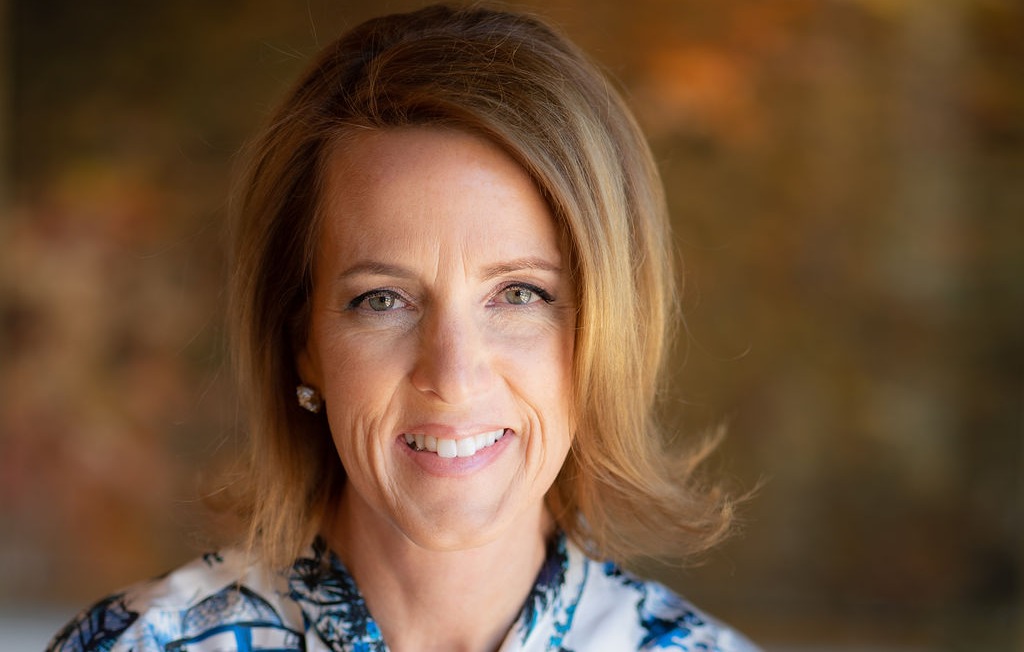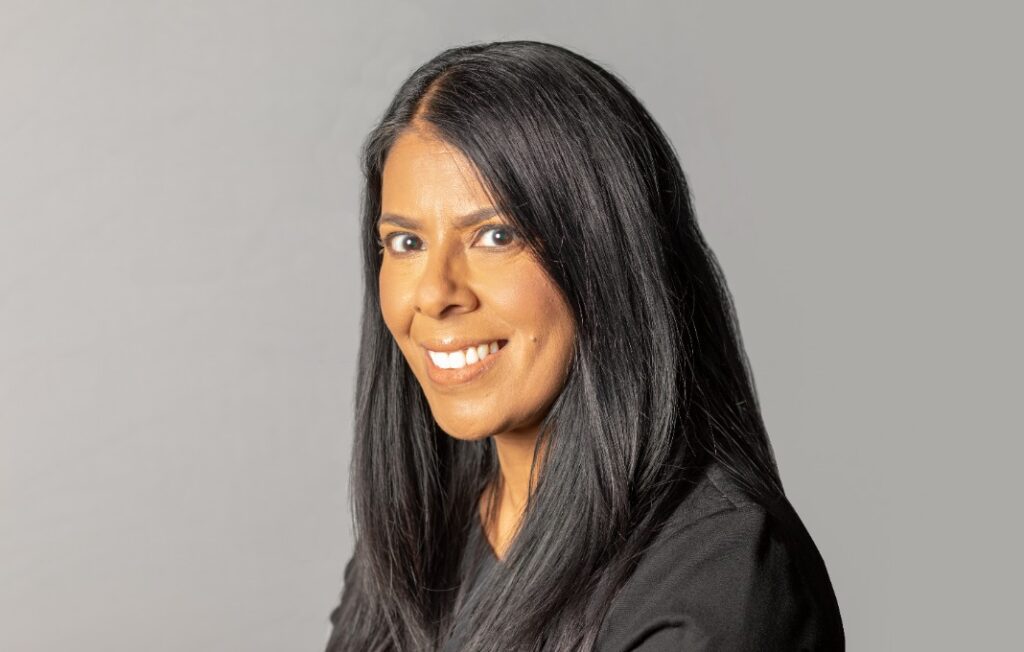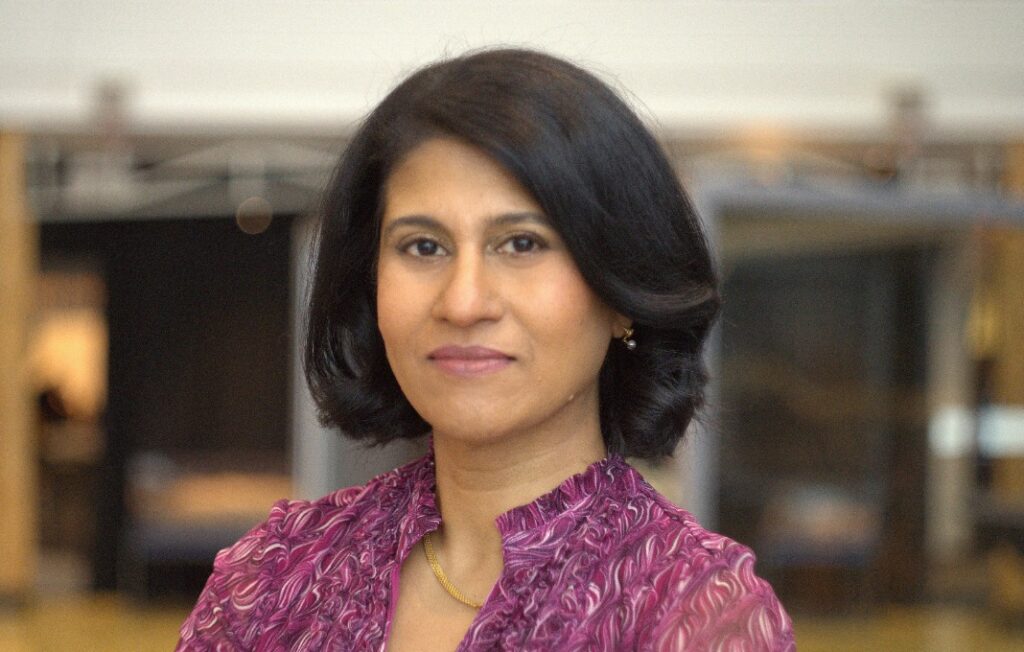Smart HR organizations should view the Great Resignation as the Great Aspiration—and recruit and retain key talent accordingly.
So says Whitney Johnson, CEO of Disruption Advisors and bestselling author of Smart Growth: Grow Your People to Grow Your Company. Johnson sat down with StrategicCHRO360 to talk about why people are job-hopping and how leaders can keep top talent motivated and engaged
In your book you suggest that 2022 will be a year of tremendous growth in the workplace, and that the Great Resignation would be better called the Great Aspiration. Why?
People certainly feel unsettled. There’s a lot of focus on the negative—physical and mental health problems, economic challenges, political and social instability. All of these things are real, and solutions are needed. But the Great Resignation sounds negative to me, too. As though people are just dropping out of the workforce in huge numbers and giving up. Of course, there is some of that, and childcare and school disruptions continue to pose challenges for workers, especially women. But overall, the data do not support the idea of mass resignation.
What is happening is that the workforce is on the move. A huge percentage of working people see an opportunity. The pandemic has forced change for two years—people are emboldened to change their own situations as well. They are looking for more purposeful jobs, greater flexibility, improved compensation and other kinds of opportunities to grow. It’s truly a year of great aspiration.
How can leaders engage with their employees to make sure they feel like they’re part of the overall growth strategy for the organization?
A top objective of employees is to have opportunities to learn and grow at work. To make progress and achieve their potential. It’s more important than overall compensation in many cases. The first thing leaders need to do is embrace that reality. People are the lifeblood of organizations, and as goes the development and growth of people, so goes the organization.
Make sure you have a clear statement of purpose and mission as an organization. Can your employees see that you have a vision for the organization and its people generally? Do they know what they will be growing toward if they work for you?
Then, I recommend two early strategies with a new employee, or an employee in a new role: first, hire people into jobs where they have room to grow. Don’t hire the overqualified. They will be bored and restless. Second, have a very early conversation to explore the employee’s career aspirations—there’s the magic word again! What are they hoping to achieve with your organization, or on your team? Together, develop an individual plan and map out a tentative path for their future opportunities with you.
Finally, keep the conversations going. Adjust the plan as necessary but make the promise of growth opportunities concrete. Watch for signs of stagnation in their growth. Take their temperature frequently. How an employee perceives their situation, their development, their potential is even more important than their leaders’ perceptions of these things.
You mention smart growth, the idea of managing your team as a “portfolio S Curve.” How does this work?
The foundational idea is that every individual is on their own S Curve of Learning. The team is also on an S Curve, trying to achieve its objectives. At the launch point of the S, there is a high degree of challenge as people try to get up to speed. With improved competence we tip into the sweet spot. Growth accelerates—productivity and engagement are high. Eventually, we exhaust our potential. What we’re doing is too familiar. We become bored. Stagnant. Disengaged. Mastery is the plateau at the top of the S and it can become a precipice.
Highly effective teams are created when we have people who are at different stages of their S Curves. We recommend no more than 20 percent of the team on the launch point. These people often bring new eyes and fresh insights. They aren’t familiar with how everything is done. Unless discouraged, they’ll ask questions and promote improvement and innovation. Then we want about 60 percent or so of the team in the sweet spot. This is the workhorse stage of productivity. People are competent and able to work both autonomously and in effective collaboration with each other.
We top this off with no more than 20 percent in mastery. While we work to move these individuals into a new challenge, they provide stability to the overall team. They are a pool of mentors and coaches for those on the launch point. They possess institutional memory. And they are so good at what they do that it’s become automatic for them. Just don’t leave them feeling like they’ll be in that place forever, and they will help everyone else do their best work.
How can leaders manage their people at various points along the curve, from the launch point to the sweet spot and through to mastery?
On the launch point people need support. They have a lot to learn. Growth can be slow and frustrating. Understand that this is a high stress phase and incentivize their perseverance by ensuring that the stress is not too great and that their work is appreciated. Make sure they have the resources they need to learn their job—good training, connections within the team and organization, patience and metrics appropriate to where they are in their growth. Celebrate their wins with them.
Once an employee becomes fully competent and is in the sweet spot, you want to keep them in this phase of high growth for as long as possible. Reconfigure teams, provide stretch assignments, challenge them with constraints that will spur their best work, such as a tough deadline or a budget limitation that will require innovation and resourcefulness. Again, the goal is to help people perform at their best, not to make their work too difficult. Have regular conversations about what their next step in the organization—or elsewhere if necessary—might be once they reach mastery.
And then for employees in mastery, don’t succumb to the temptation to leave them in place. They may do great work, but it won’t last if they’re bored and disengaged. Have that next role in sight and use their skills to train and mentor others during the interval before they can move to a new challenge. Make sure they know that the new opportunity is coming before they look for it elsewhere. Clear, frequent communication is important all along the S Curve.








